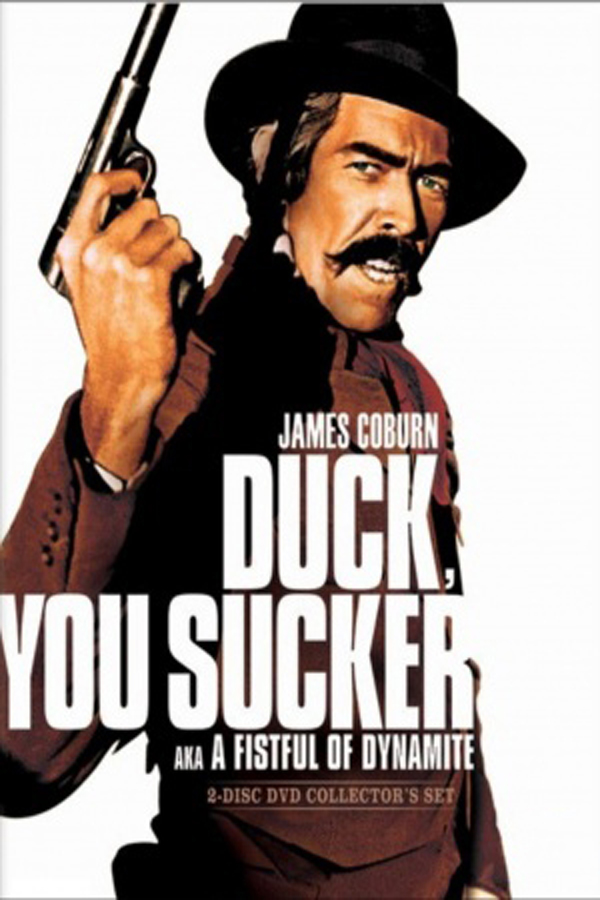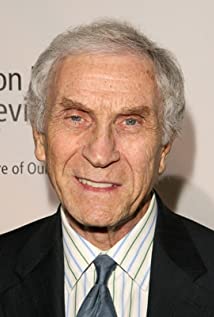Peter Mark Richman
This durable, granite-faced actor with the matching steel-edged voice was one of the most interesting and recognisable leads in 1950s and 1960s television. He was born Marvin Jack Richman in South Philadelphia to paper and roofing contractor Benjamin Richman and his wife Yetta Dora (née Peck), the youngest of five siblings. His childhood was -- by his own account -- 'horrendous'. The family was not well off and money was hard to come by. For two years he played football until sidelined by a knee injury. Richman also studied at the Philadelphia College of Pharmacy and Science, from which he graduated in 1951 as a fully qualified pharmacist. He briefly worked in that field, though his interest had always been in the performing arts, spurred on by regular childhood visits to the nearby Alhambra Theater and performances in high school dramatics. Between 1952 and 1954, Richman trained at the Actor's Studio in New York under Lee Strasberg, having already made his stage debut in 1947. Until 1996, he acted on and off-Broadway and on the West Coast, as well as touring nationally in seminal plays like Mister Roberts, The Rainmaker and A Hatful of Rain. For most of his early career he was billed as 'Mark Richman' but in 1971 changed his moniker to Peter Mark Richman because of his abiding belief in Subud, an Eastern spiritualist philosophy.
An amazingly prolific screen actor, Richman was first brought to Hollywood by famed director William Wyler to appear in La gran tentación (1956). There were a few subsequent big screen outings, but the lean, edgy and coldly handsome actor reserved his best for the small screen. By the early 60s, he starred in his own series at NBC, Cain's Hundred (1961). His character was a former syndicate lawyer, Nick Cain, who, after wanting to 'go straight' is targeted for a hit. When his fiancée gets killed in the crosshairs instead, Cain swears revenge and joins an FBI task force to bring down the top 100 mobsters by various legal means. While the series only ran to 30 episodes, it firmly established Richman in the medium. He was henceforth to alternate between nasty villains, stern authority figures and stoic heroes and become one of the most often killed guys on TV. His numerous roles have included appearances in La dimensión desconocida (1959), El fugitivo (1963), Los invencibles (1962), Misión Imposible (1966), Longstreet (1971) (as James Franciscus' cynical boss, Duke Paige), El agente secreto de C.I.P.O.L. (1964) (as a rather camp THRUSH operative) and -- having lost none of his edge -- in Viaje a las estrellas: La nueva generación (1987). Standouts have included Rumbo a lo desconocido: The Probe (1965) in which Richman plays a scientist determined to explore another dimension at any cost, and the first of two guest spots on Los invasores (1967) as an ally of the chief protagonist David Vincent. Richman was almost clipped by a helicopter blade during this episode and lucky to survive the experience. He continued to perform on screen well until his late eighties.
In addition to his work on front of the camera, Richman was something of a Renaissance man: a noted humanitarian (for which he was awarded a Silver Medallion from The Motion Picture and Television Fund) and an accomplished painter from an early age, trained at the Philadelphia Sketch Club. Describing himself as a 'figurative expressionist', Richman has had at least seventeen successful one-man exhibitions on the West Coast and in New York (primarily portraits of oil on canvas). He has also written two novels and several stage plays, of which his solo show 4 Faces and the one act play A Medal for Murray were the most acclaimed. His wife of 67 years was the actress Helen Richman (née Landess).

